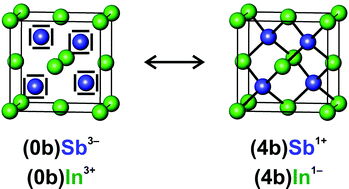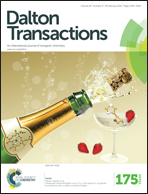Heteropolar bonding and a position-space representation of the 8 − N rule
Abstract
Chemical bonding models are one of the most powerful tools in chemistry and provide essential guidance in the understanding of composition and structure of chemical compounds, as well as in the development of new preparation routes. Facing the tremendous diversity of crystal structures and properties of intermetallic compounds, it is highly desirable to make the predictive power of chemical bonding models also available for this field of inorganic chemistry. Within the framework of quantum-chemical position-space analysis the concept of the 8 − N rule is recovered and extended for a consistent and quantitative treatment of heteropolar bonding situations as in compounds of the MgAgAs type and their relatives. A first evaluation of the predictive capabilities of the position-space view is obtained in the analysis of 51 zinc-blende, wurtzite and rock-salt-type compounds. An outlook on future investigations is given and modifications of main-group elements and (pseudo) main-group compound families are classified within the presented model framework.


 Please wait while we load your content...
Please wait while we load your content...